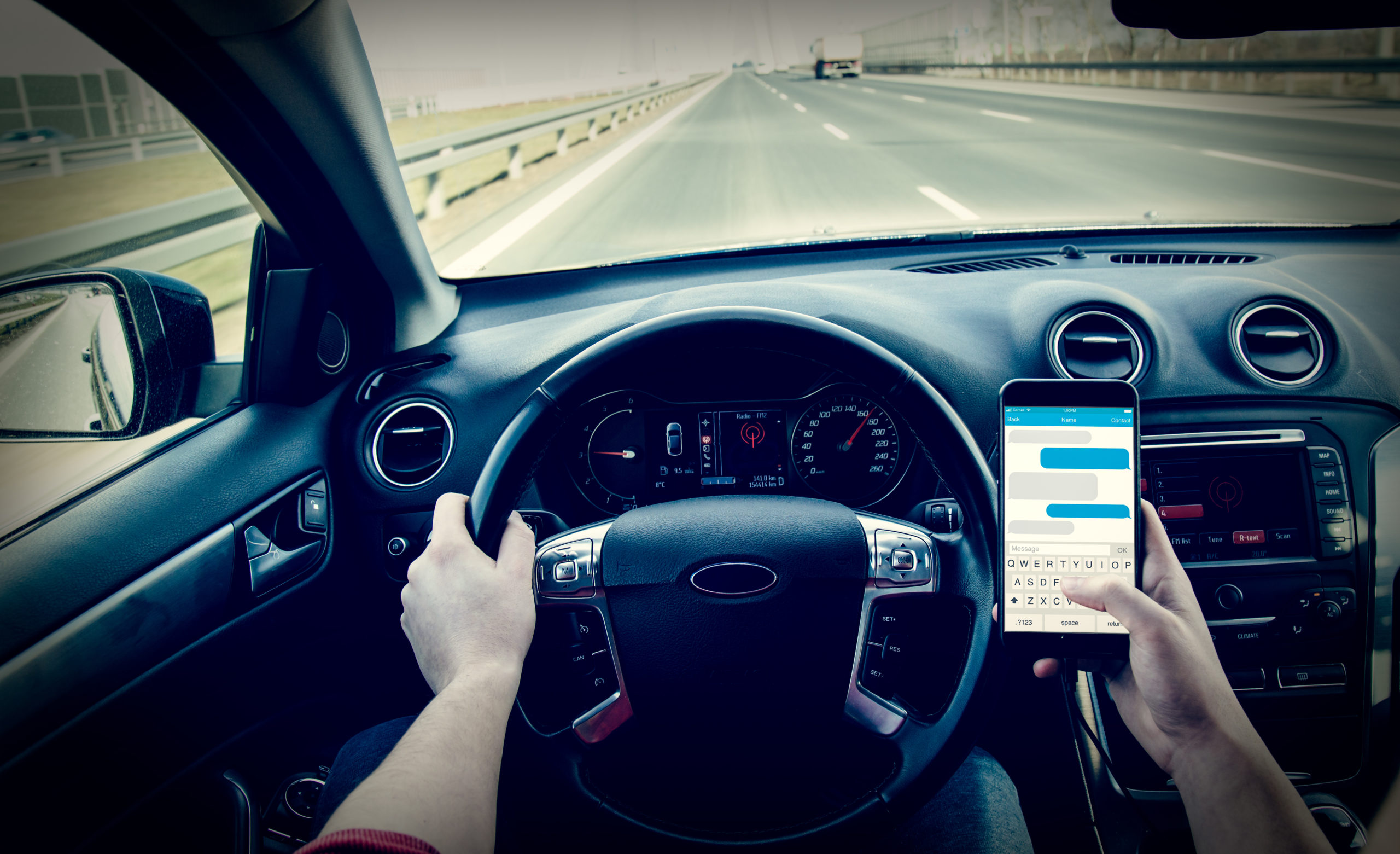
Bans on Texting While Driving Linked to Fewer Traffic Fatalities
Most people can agree that texting while driving is a dangerous and unsafe distraction. More than 25 percent of all car accidents in 2012 involved talking on the phone or texting, according to the National Safety Council, adding up to nearly 1.5 million phone-related accidents. Distraction-related crashes resulted in more than 420,000 injuries and 3,328 deaths in 2012.
These staggering numbers have led to the development of statewide bans on texting while driving. Fourty-four states have outlawed texting while driving for all drivers (including New Jersey and New York), and several states outlaw hand-held cell phone use altogether. While the effectiveness of these bans has been called into question, a recent study has linked texting-while-driving bans to decreased traffic fatalities.
Researchers at the University of Alabama-Birmingham School of Public Health studied crash-related fatalities in conjunction with texting-while-driving laws. The study uncovered a 3 percent decrease in traffic fatalities in states with a texting-while-driving ban, and in states that focus specifically on younger drivers, traffic deaths among 15- to 21-year-olds have decreased by 11 percent.
“The findings, published in the August issue of the Journal of American Health, represent the best proof yet that widespread anti-texting laws are effective,” Karen Aho wrote for Bloomberg Business. “Analyzing national traffic fatality data over an 11-year period, researchers studied the effects of laws that that allow police to stop drivers specifically for texting (called primary enforcement laws), as well as of laws that ban the practice but allow police to write tickets only in conjunction with other traffic violations. Primary enforcement laws proved most effective, preventing an average of nearly 20 vehicular deaths per state, per year.”
The study also showed a notable difference between younger and older drivers. Statewide bans on texting while driving, whether primary enforcement or secondary, have a bigger impact on novice drivers than older drivers (who tend to talk on the phone more and text less than their younger counterparts).
“We were a little surprised to see that primarily enforced texting bans were not associated with significant reductions in fatalities among those ages 21 to 64, who are not considered to be young drivers,” said Alva Ferdinand, a doctoral candidate in the Department of Health Care Organization and Policy, who was involved with the study. “However, states with bans prohibiting the use of cell phones without hands-free technology altogether on all drivers saw significant reductions in fatalities among this particular age group. Thus, although texting-while-driving bans were most effective for reducing traffic-related fatalities among young individuals, handheld bans appear to be most effective for adults.”
While it may seem like the toughest bans would produce the most impressive results (i.e. a primary enforcement ban on texting while driving for all drivers, regardless of age), this is not necessarily the case. As it turns out, primarily enforced texting-while-driving laws that target only young drivers have been the most effective; among this age group, texting-while-driving bans have resulted in an 11 percent decrease in traffic fatalities.
















